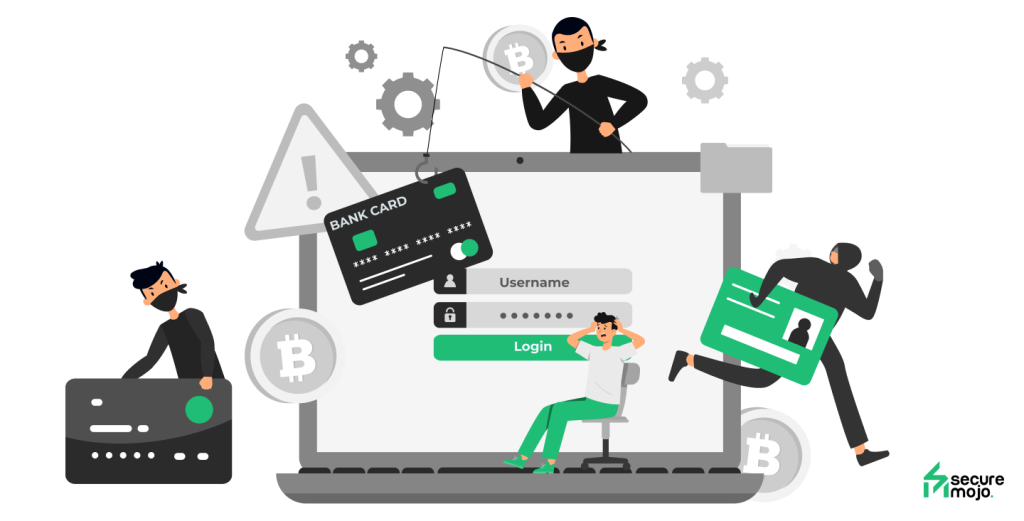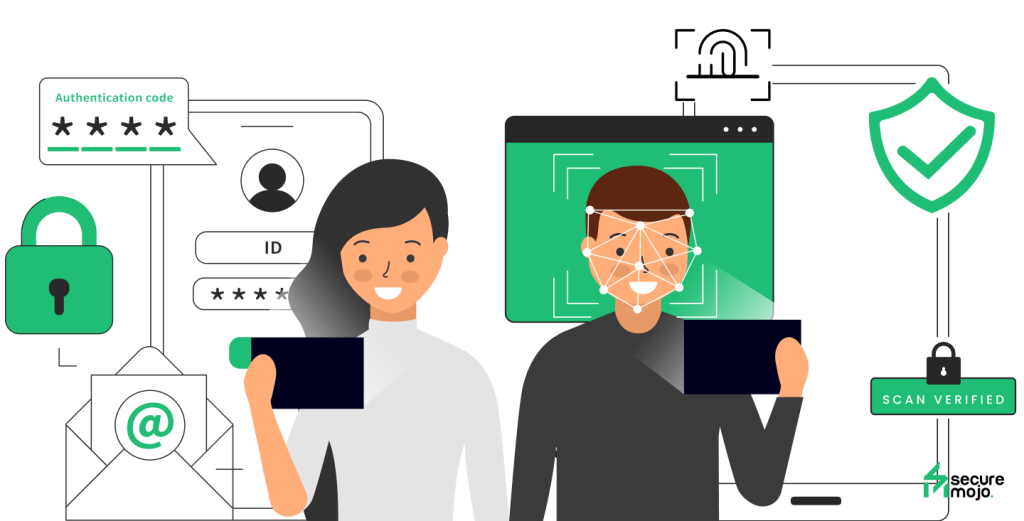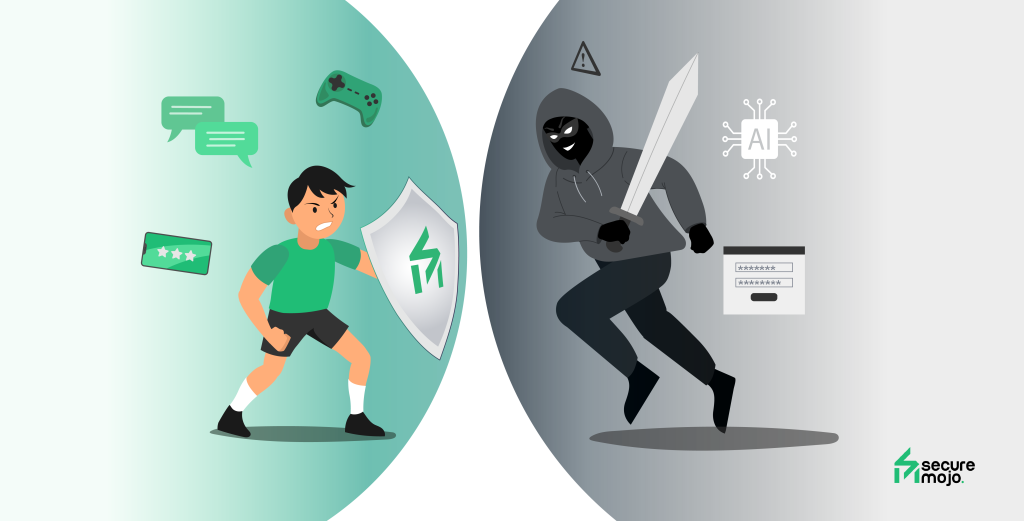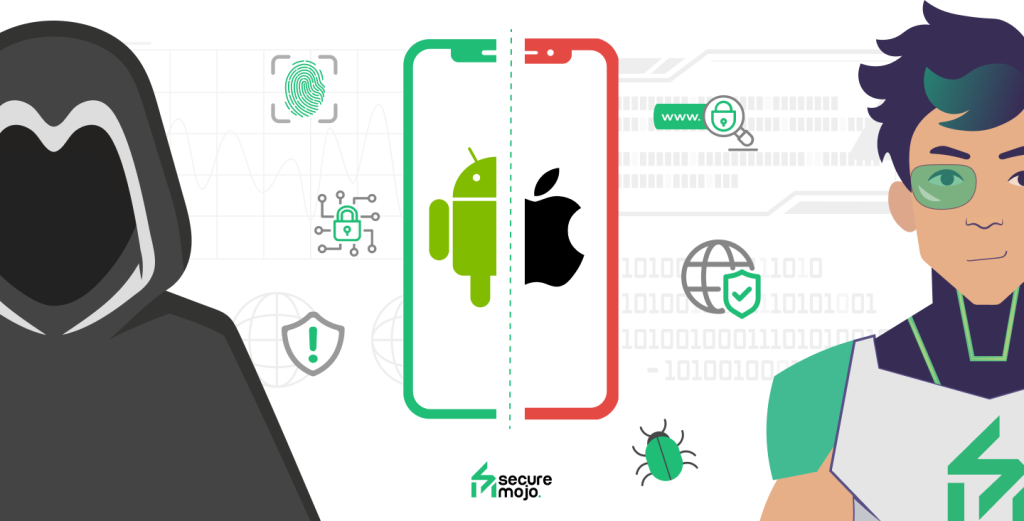Imagine never typing or remembering a password again. Instead, you log in using your fingerprint, face, or a digital ID in your wallet—instantly. It feels futuristic, even magical—but is it safer?
This shift is not just hype. Passwords continue to be the weakest link: over 80% of data breaches involve stolen, reused, or weak credentials. In fact, in 2023, over 24 billion usernames and passwords were found exposed on the dark web. It’s no surprise that big tech companies—Google, Apple, Microsoft—are now promoting passwordless logins as the future.What’s Passwordless—and Why Are We Moving There?
Passwordless login methods rely primarily on public-key cryptography. This system stores a private key on your device and shares a public key with the service—no password required. You prove your identity through something you have (a device/key) and something you are (like a fingerprint).
Biometric authentication is already here: Apple’s Face ID unlocks 1 billion iPhones daily. Amazon’s palm-scanning “Amazon One” system lets people pay with just a wave of the hand. Even airports now use biometric gates to verify passengers without boarding passes.
In the UK, the government recently rolled out passkeys tied to biometrics or device PINs, and found the average login time dropped to just 8 seconds, compared to 69 seconds using passwords plus two-factor authentication. Clearly, speed and security are on passwordless tech’s side.

Biometrics: Stronger—but Not Invincible
There’s strong evidence that biometrics are safer than passwords—especially when layered with security tokens and encryption. They’re phishing-resistant and easier to use. But they aren’t flawless.
In 2019, hackers used a 3D-printed head to unlock phones that relied on facial recognition. In another case, researchers at Michigan State University successfully spoofed fingerprints using conductive ink and photography.
And biometric data is permanent. You can reset a password—but not your iris. If a biometric database is breached (like the U.S. Office of Personnel Management breach where 5.6 million fingerprints were stolen), the consequences are lifelong.
That’s why modern systems use local biometric storage (your data stays on your phone, not the cloud) and liveness detection, which checks for real eye movement, skin texture, or even temperature to ensure the input is from a living human, not a replica.
Enter Decentralized IDs: Your Identity, Your Control

Decentralized identity—or self-sovereign identity (SSI)—lets you store your verified credentials directly in a digital wallet and share them only when needed. No central servers. No logins to remember.
Here’s how it works: Let’s say you need to prove you’re over 18. Instead of giving your full name, address, and date of birth to a website, you share just a digitally signed proof of your age from a verified source—like your government-issued ID.
This model was used during a pilot by the European Union, where residents could digitally prove their vaccination status using a decentralized ID, without revealing any other personal information. In Estonia, the government has issued digital IDs to 98% of its population, enabling access to healthcare, taxes, and even voting—all without passwords.
Tips: When Passwordless Is Right—and When It Isn’t
Use these as signposts when choosing or evaluating passwordless systems:
- Look for FIDO2 or passkey support: Apple, Google, and Microsoft now support passkeys across most devices.
- Prefer local biometric storage: Face ID and Android BiometricPrompt store data on-device.
- Enable account recovery safeguards: Use backup recovery keys or trusted devices in case you lose access.
- Combine behavioral and physiological data: Apps like BehavioSec add typing and mouse movement analysis for extra verification.
- Check for cancelable biometrics: Some systems, like biometric encryption, offer ways to revoke compromised data.
Final Thoughts: Passwordless Is Powerful—If Done Right
The passwordless future offers real gains: faster logins, fewer breaches, and smoother experiences. Biometric authentication and decentralized IDs represent powerful steps toward that future—anchoring identity in something you are and control yourself, rather than fragile secrets you must remember.

But this shift demands care. In 2023, a Los Angeles company suffered a major breach after hackers tricked a facial recognition system using a deepfake video. The result? Access to sensitive financial data and lost customer trust. This reminds us: even great technology can be exploited when implemented carelessly.
So, while passwords are dying—and rightly so—the real challenge is building trust in what replaces them. Biometric and decentralized systems must be secure, private, and accessible to everyone.
When done thoughtfully, the passwordless future isn’t just safer. It’s smarter, faster, and finally—designed for humans, not hackers.















